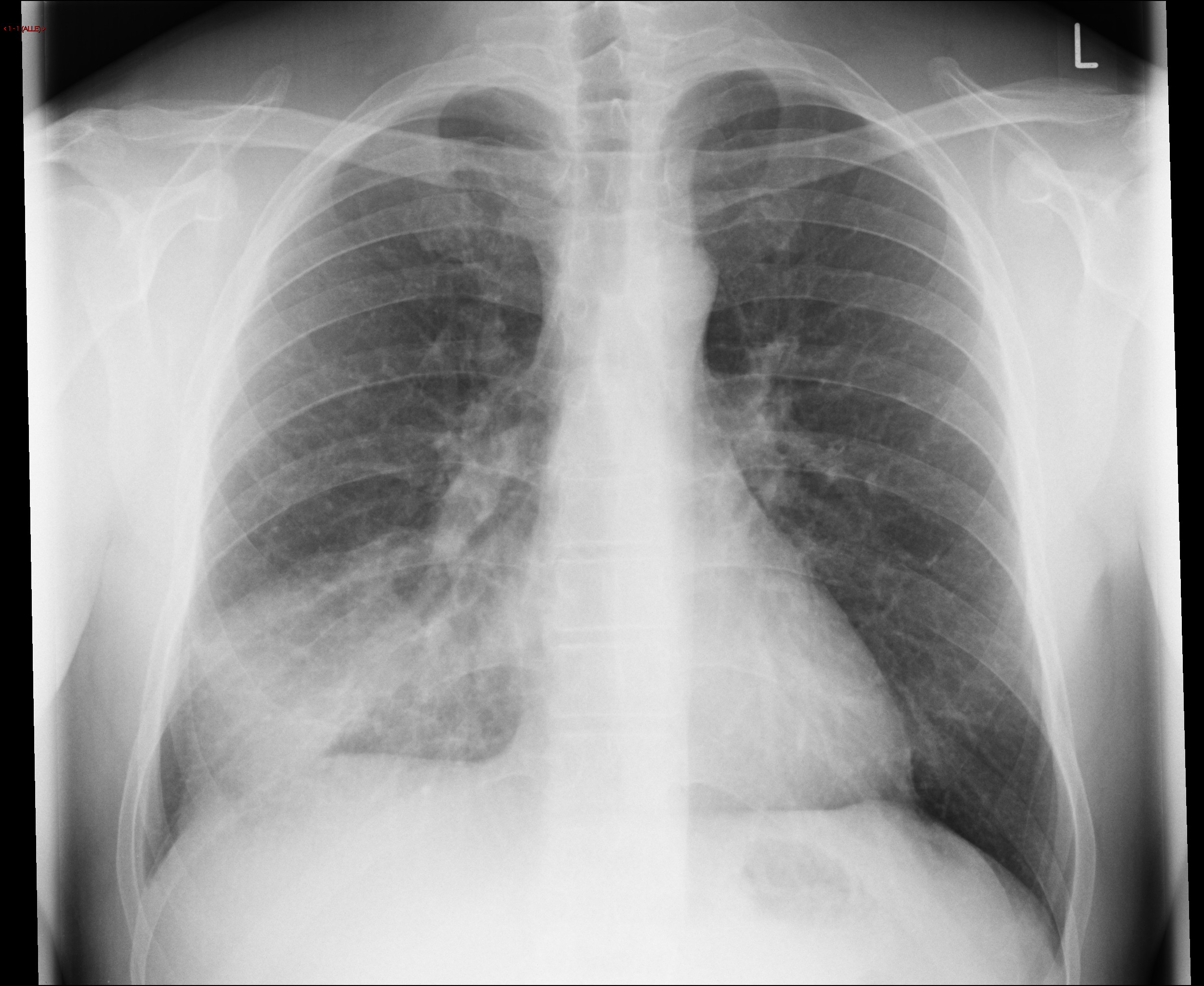
A-E Station 1
Station 1
A generally unwell patient
Candidate Instructions
Setting:
You are a Foundation Year doctor working a night shift. You have been called to see a patient on the wards who has become unwell.
Name: Steven Bridgemore
Tasks:
1. Please examine the patient using an A-E approach.
2. Give you differential diagnosis to the examiner.
3. Give you management plan to the examiner.
Simulated Patient Instructions
Briefing
Please act as the patient and reveal signs and results only as the candidate performs actions or requests tests.
Diagnosis: Sepsis
You are Steven Bridgemore (aged 68)
You have become generally unwell whilst awaiting a discharge.
Appearance and Behaviour
You appear flustered during the exam. You are alert but drowsy. You keep coughing. You are breathing heavily (please don’t hyperventilate and pass out whilst acting - although we appreciate the commitment to the cause).
Start the Timer and Begin
Examiner Instruction
As the candidate enters please give them this handover (acting as the nurse on the ward)
“Doctor, this patient was meant to be discharged tomorrow. Earlier I noticed he looked unwell and was scoring on the NEWS observations, please can you assess him? I’m worried he is becoming quite unwell.”
Intro
Airway
Assessment
Breathing
Assessment
When the candidate performs auscultation please play the follow-up sound files as they auscultate. (for reference the left lung is “normal”, the right lung is “inspiratory crepitations”)
Treatment
Show the candidate the following CXR only if they request it.
Please interpret this CXR

Case courtesy of Dr Sajoscha Sorrentino, Radiopaedia.org. From the case rID: 14979
Cardio
Assessment
Treatment
Disability
Assessment
Exposure
Assessment
Examiner Instruction
At this point please direct the candidate to give their differential diagnosis and any further management plans.
Diagnosis & Further Management
Diagnosis
Further Managemnet
Submit for Scoring
Tags | A-E | Sepsis | Sepsis 6 | Generally unwell patient
Station Written by: Dr Benjamin Armstrong
Peer Reviewed by: Dr Megan Burns
Want to suggest an edit?
Comment below and we'll get right to it!
